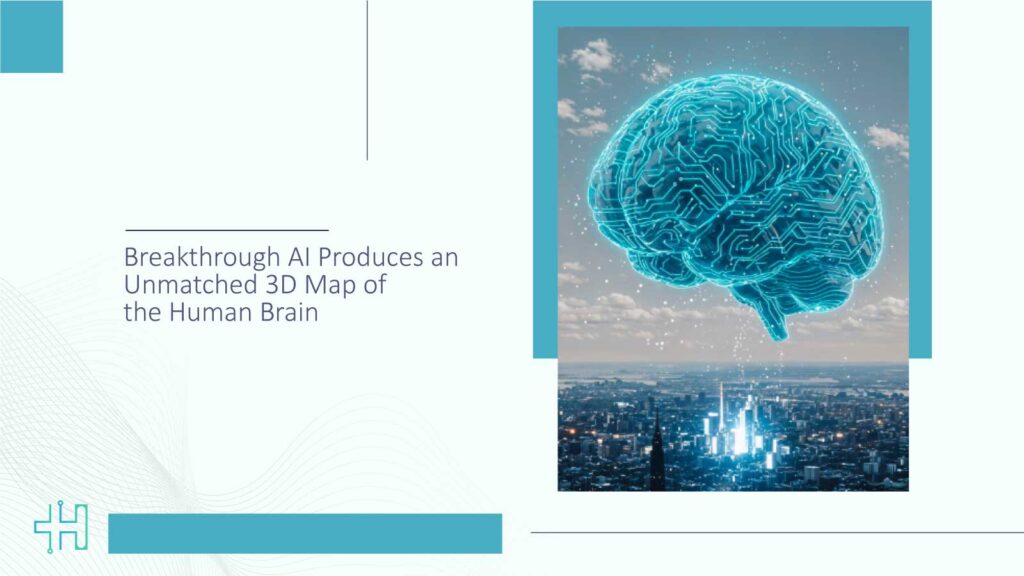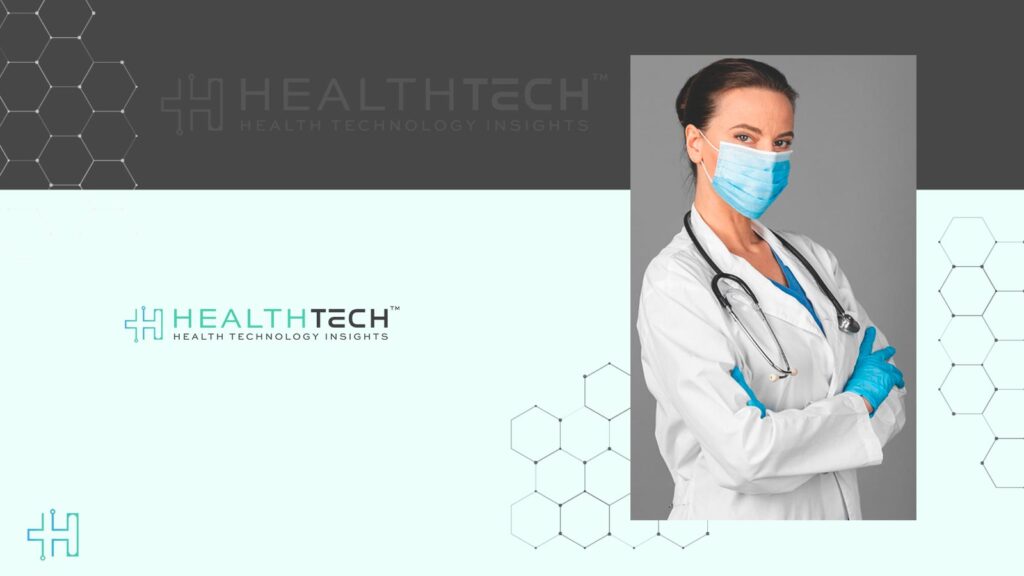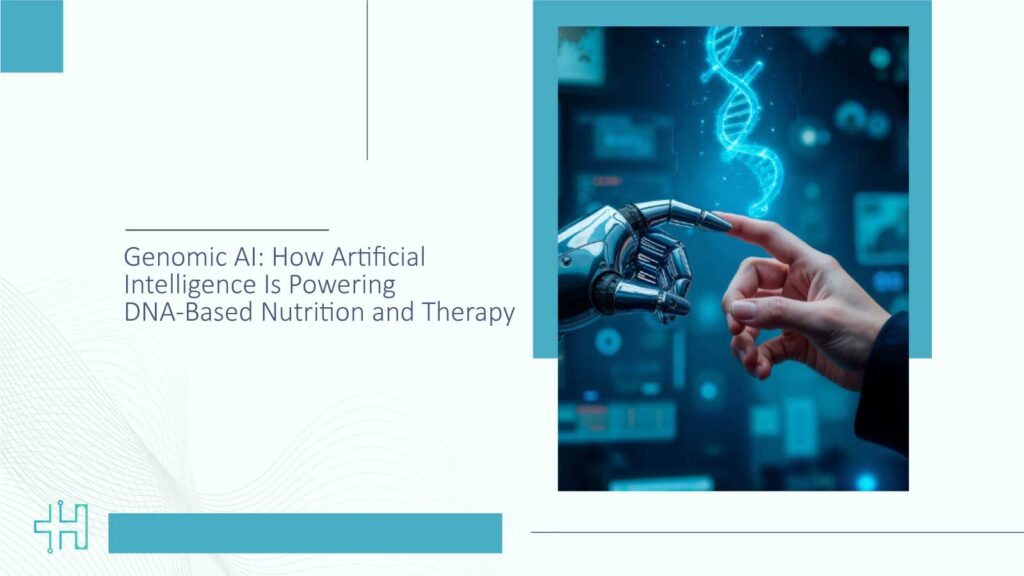What if we could see the brain in its full, three-dimensional complexity: every fold, every neural connection? Thanks to breakthrough AI, that vision is now becoming reality. Today, this cutting-edge technology produces a 3D map of the human brain, offering profound insights for healthtech leaders and professionals.
In this article, we’ll explore how breakthrough AI works, why it matters for healthcare, and the transformative potential it holds for research, diagnostics, and patient care.
Why This Matters Now
Healthcare and technology leaders have long faced a major limitation: while conventional imaging techniques like MRI and CT provide a general picture of the brain, they fall short in capturing its microscopic complexity.
The human brain contains roughly 86 billion neurons and trillions of synapses, forming a dense and intricate network that governs cognition, memory, and behavior. Until recently, mapping this vast landscape with precision remained an insurmountable challenge.
By leveraging advanced machine learning algorithms and massive computing power, scientists can now align microscopic tissue slices with high-resolution MRI scans to generate a fully integrated 3D brain map. This new capability is not only a scientific triumph, but it is a transformative tool for healthcare decision-makers.
Google Research and Harvard teams mapped tiny cortical volumes containing 50,000 cells and approximately 150 million synapses. These unprecedented levels of detail open doors for early detection of neurological disorders such as Alzheimer’s, Parkinson’s, and multiple sclerosis.
For healthtech leaders, the implications are clear: access to such data enables more accurate diagnostics, smarter resource allocation, and predictive analytics that were previously impossible.
By understanding the brain at a microstructural level, organizations can design innovative products, enhance patient outcomes, and strategically position themselves in an increasingly AI-driven healthcare landscape.
The Technology Behind the Map
The creation of an unmatched 3D brain map would not be possible without the convergence of breakthrough AI, advanced imaging techniques, and high-performance computing. At its core, this technology transforms massive, complex datasets into coherent, actionable insights that were previously unimaginable.
Scientists start with thousands of microscopic tissue slices obtained from post-mortem brains. Each slice captures intricate details at the cellular level, far beyond what conventional MRI or CT can reveal. These slices are then carefully aligned with high-resolution MRI scans of living brains to ensure accuracy and clinical relevance.
Machine learning algorithms analyze, correct, and integrate heterogeneous datasets, stitching together tissue images, MRI scans, and even histology information into a cohesive three-dimensional model.
Handling petabyte-scale datasets demands cutting-edge hardware and cloud infrastructure. GPU-accelerated computing clusters and high-capacity storage solutions allow healthtech organizations and researchers to process, visualize, and analyze brain maps at unprecedented scale.
Platforms like the Human Brain Project provide infrastructure to democratize access, bridging the gap between neuroscience and applied health technology.
Implications for Healthtech Leaders
For healthcare and technology executives, the implications of breakthrough AI extend far beyond the lab. The ability to produce a precise 3D map of the human brain marks a defining moment in health innovation, one that directly influences diagnostics, treatment design, and organizational strategy.
1. Revolutionizing Diagnostics
The early detection of neurological disorders has always been a race against time. With the ultra-detailed models generated by breakthrough AI, clinicians can detect minute deviations in brain structure long before symptoms appear.
For instance, subtle changes in hippocampal volume or cortical thickness could signal the onset of Alzheimer’s or Parkinson’s disease years in advance. This predictive precision paves the way for timely interventions and personalized monitoring.
2. Personalized and Preventive Medicine
Every brain is unique, and understanding its microstructure allows clinicians to tailor treatments with remarkable accuracy. By integrating AI-derived brain maps into clinical decision systems, healthcare providers can simulate how a patient’s brain might respond to a particular drug or therapy.
Pharmaceutical companies, too, can use these insights to accelerate trials, reducing development costs and improving success rates.
3. Smarter Healthcare Infrastructure
For hospital CIOs and data leaders, the rise of breakthrough AI signals a shift toward data-intensive, precision-focused operations. Health systems that can manage, analyze, and ethically leverage these datasets will hold a decisive advantage.
Implementing AI-ready infrastructures, integrating secure data lakes, scalable compute resources, and privacy-first frameworks, will be key to sustaining innovation at scale.
4. New Frontiers for Neuropharma and Digital Therapeutics
Drug discovery, historically a time-consuming process, can now be guided by AI-driven brain simulations. Pharmaceutical giants like Biogen and Novartis have already begun experimenting with AI-powered neuroimaging analytics to identify new drug targets.
Digital health innovators are developing cognitive rehabilitation tools modeled on 3D neural architectures, blending behavioral science with AI-driven feedback loops.
5. Strategic Differentiation in a Competitive Market
In an era where every organization is chasing digital transformation, the ability to integrate neuroscience-level insights into healthcare solutions creates a distinct competitive edge. For healthtech startups, it means developing more intelligent, adaptive applications.
For established systems, it means evolving from reactive care to predictive, precision-driven healthcare. Ultimately, breakthrough AI isn’t just an innovation; it’s a strategic catalyst that allows leaders to rethink how healthcare is designed, delivered, and scaled for the future.
Real-World Example: Translating the Map into Practice
One illustrative case of how breakthrough AI is already making a tangible impact comes from the atlas dubbed NextBrain, developed by researchers at University College London (UCL) and collaborators.
This study aligned around 10,000 microscopic tissue slices from post-mortem human brains with living MRI scans and used AI to generate a 3D map of 333 distinct brain regions. The outcome? A tool that can analyse standard MRI scans of living patients and identify subtle structural deviations in minutes, offering a level of specificity previously unavailable.
Another example is the project by Google Research in collaboration with Harvard University, which used AI to reconstruct nearly every neuron and synapse in a tiny piece of human cortical tissue, about the size of half a grain of rice, requiring 1.4 petabytes of data. While this sample is smaller than a full human brain, it demonstrates the technical scale and ambition of this type of work.
Suppose a digital neuroimaging provider integrates the UCL atlas into its software. A neurologist uploads a patient’s MRI, the software uses the atlas to highlight micro-region deviations, and early signs of neurodegeneration are flagged weeks or months earlier than conventional imaging would permit.
The vendor uses this to offer a dashboard for clinicians and health systems. The result: preventive interventions triggered earlier, patient outcomes improved, and the platform positions itself as a differentiator in the healthtech market.
For leaders in the field, this example shows several strategic lessons:
- Firstly, the need for high-resolution data integration.
- Secondly, the value of aligning imaging, AI, and clinical workflows.
- Lastly, the importance of positioning these capabilities as part of innovation roadmaps rather than experimental side projects.
The fact that these maps are already open-access or being made available means that those who move early may gain a meaningful competitive advantage.
Strategic Questions for Decision-Makers
For forward-thinking leaders, breakthrough AI is not simply a research milestone; it’s a mirror reflecting the future of healthcare strategy. The technology exists, but how it is integrated, governed, and scaled will define who leads the next decade of digital health innovation.
Here are five key questions every decision-maker should be asking today:
1. Data Ethics and Governance
Are our data management frameworks prepared for the influx of neuroimaging data that AI systems require? Protecting patient privacy while enabling innovation demands new models of consent and data stewardship.
2. Infrastructure Readiness
Do our existing IT systems and cloud infrastructures have the capacity to process petabyte-scale datasets? Strategic investment in compute, storage, and AI-native architecture will determine long-term readiness.
3. Clinical Integration
How can we embed 3D brain mapping insights into clinical workflows without adding complexity or cognitive overload for physicians? User-centric design will be critical for real-world adoption.
4. Collaborative Ecosystems
Are we partnering with the right academic, AI, and cloud partners to accelerate innovation? The most successful organizations are forming cross-disciplinary collaborations that unite neuroscientists, data engineers, and clinicians.
5. Strategic Differentiation
How can breakthrough AI create a measurable competitive advantage for our organization? Whether through predictive diagnostics, patient-specific therapies, or AI-powered decision support, differentiation will hinge on early and ethical adoption.
By engaging with these questions now, leaders can move from passive observers of innovation to architects of healthcare’s next era. The organizations that act today will not only redefine patient outcomes, they will redefine the very boundaries of medical intelligence.
Looking Ahead
Every generation witnesses a defining leap in how we understand the human body. For ours, that leap is powered by breakthrough AI. The ability to visualize the brain in its full, living complexity does more than advance science; it reshapes how we think about care, cognition, and human potential.
In the coming years, these 3D brain maps could become standard tools for neurologists, researchers, and mental health professionals. They might help detect cognitive decline before symptoms emerge, personalize brain stimulation therapies, and even inform brain–computer interfaces designed to restore lost motor or sensory functions.
The long-term implications are vast, touching everything from precision medicine to digital therapeutics and neuroengineering. The question is no longer if these technologies will enter healthcare, but how quickly organizations will adapt to use them responsibly.
Those who embrace transparency, ethics, and collaboration will build trust and lead the next wave of innovation. Ultimately, breakthrough AI is more than a marvel of computation. It’s a reminder that the closer we come to understanding the human brain, the closer we come to understanding ourselves.
Conclusion
The rise of breakthrough AI is not just an evolution in data or diagnostics; it’s a turning point in how we perceive and protect the human mind. The creation of a 3D brain map that captures every connection and contour is more than a scientific milestone; it’s a bridge between technology and empathy, between algorithms and awareness.
For healthtech leaders, innovators, and clinicians, this moment calls for bold but thoughtful action. Investing in AI-driven neuroscience today means shaping a future where mental health, neurodegeneration, and personalized care are understood with clarity once deemed impossible.
As we stand at the threshold of this new era, the challenge is clear: to ensure that innovation remains human-centered and ethically grounded. With that balance, breakthrough AI won’t just map the brain, it will illuminate the path to a smarter, more compassionate healthcare future.
Dive deeper into the future of healthcare. Keep reading on Health Technology Insights.
To participate in our interviews, please write to our HealthTech Media Room at info@intentamplify.com





